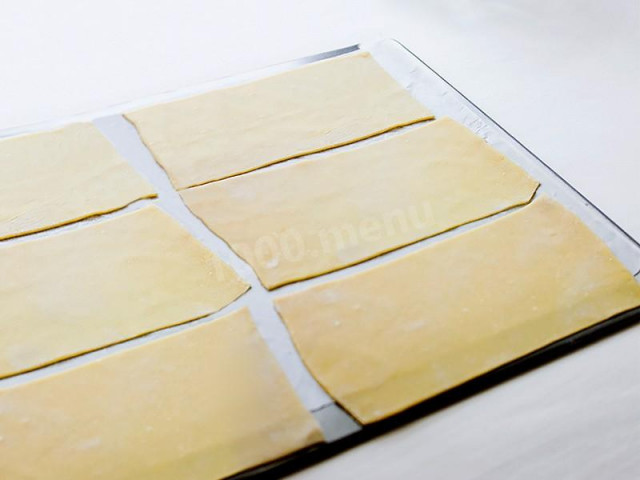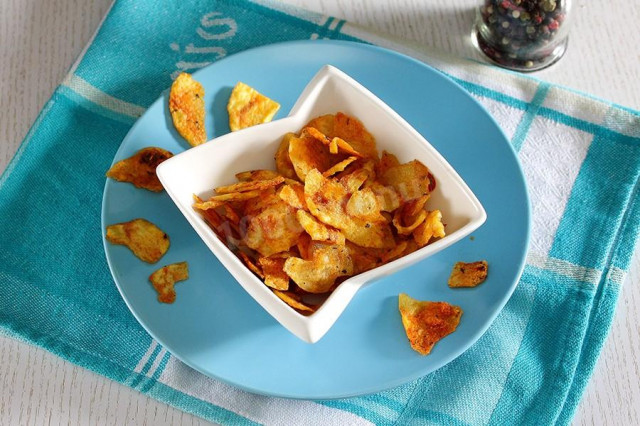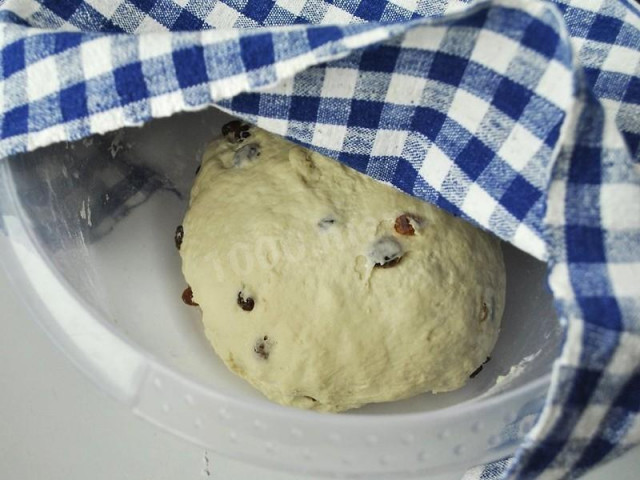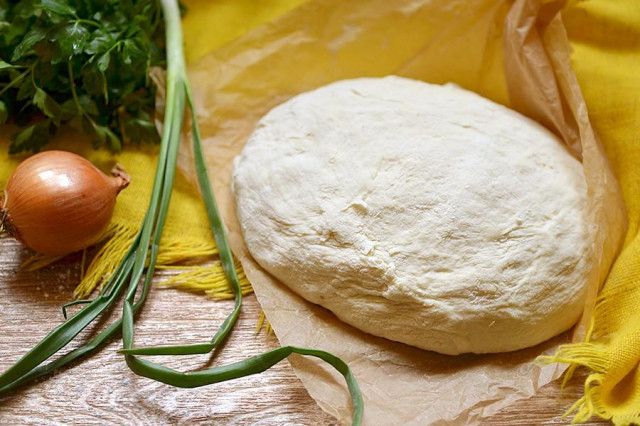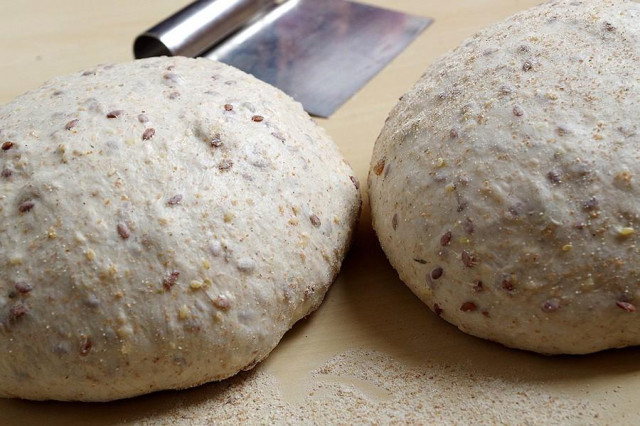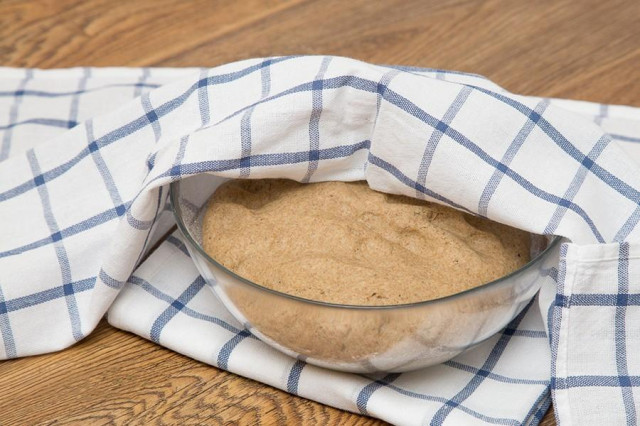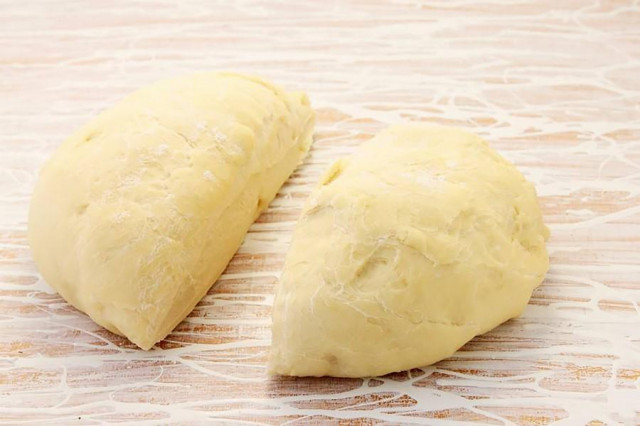Composition / ingredients
Cooking method
We pour flour, semolina, salt and milk powder on the table, form a slide from the bulk ingredients, in the center of which we make a recess. Pour olive oil and some water into it. Carefully mix the components, trying to knead the dough, which at first resembles a hill of crumbly crumbs (I warn you right away - be patient! the dough will be sticky and unyielding at first). Gradually add water, mixing the dough each time.
We collect the dough into a ball and knead diligently. It will turn out to be 100% elastic and elastic at the end, only for this you need to work hard, kneading the mass for at least 10 minutes.
The finished dough, which does not stick to the hands and to the work surface, is wrapped in plastic wrap and sent to lie down for half an hour, covered with a bowl, which we preheat over steam (over boiling water in a saucepan, for example). After lying down in this way, the dough is easier to manipulate with a rolling pin.
We take out the dough, divide it into three parts (it's easier to work with it this way) and roll out each part as thin as possible. As a result, each layer should be 1-2 mm thick. We cut the rolled dough into even rectangles of the desired size and spread it on a baking sheet covered with parchment to dry (this will take no more than an hour, since the dough is thin and dries very quickly).
Boil the dough sheets immediately before cooking lasagna in boiling water for about 1-2 minutes, after which we transfer it to cold water with a slotted spoon.
Well, that's actually all the secrets.
Successful experiments to you and good mood!
Caloric content of the products possible in the composition of the dish
- Semolina - 340 kcal/100g
- Salt - 0 kcal/100g
- Water - 0 kcal/100g
- Wheat flour - 325 kcal/100g
- Olive oil - 913 kcal/100g
- Powdered milk - 465 kcal/100g

